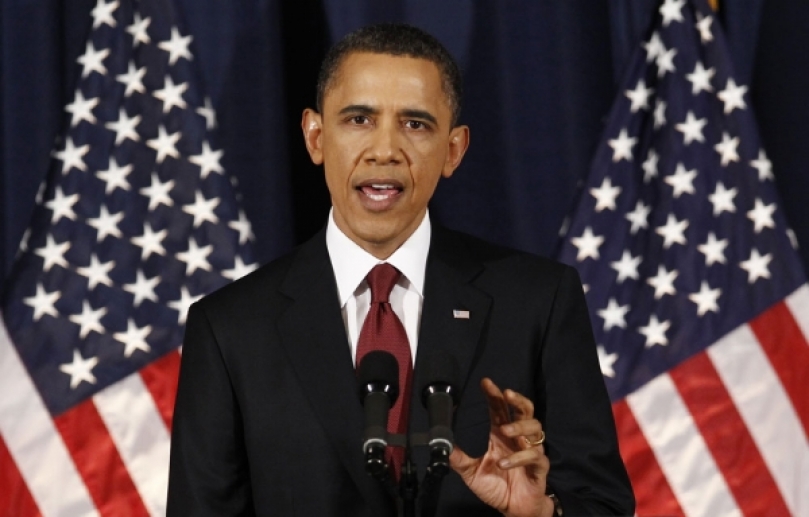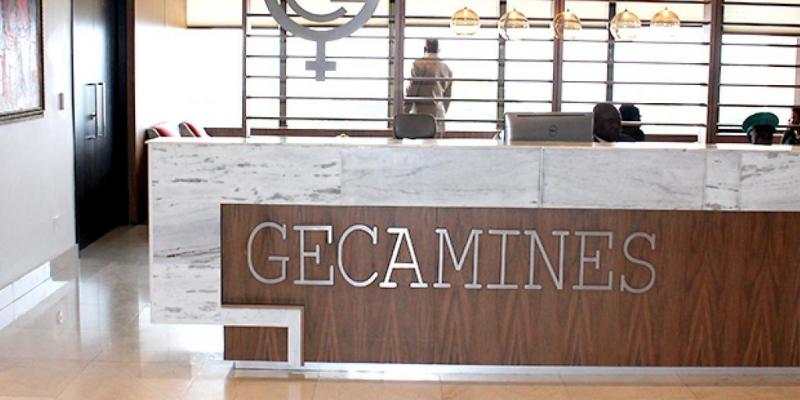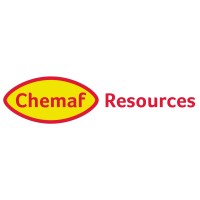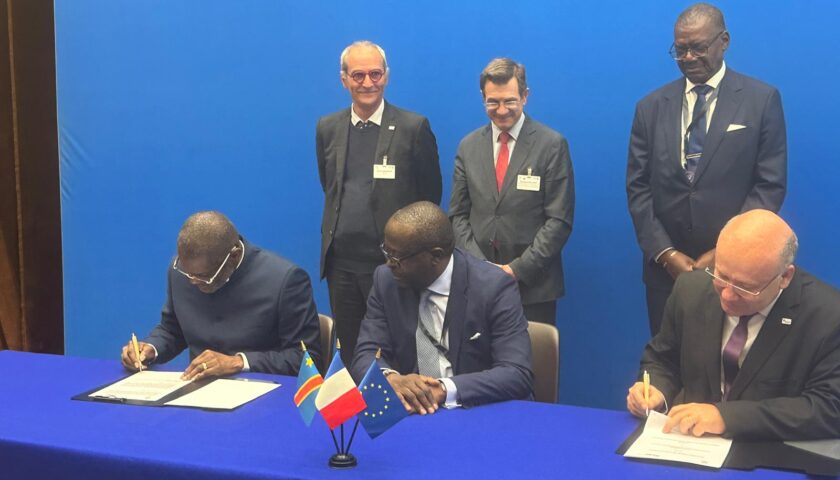US President Barack Obama (lejdd.fr Pic)
“It would be mankind’s first attempt at modifying the heavens to enable the permanent settlement of space,” say scientists.
RENO (MINEWEB) –
A senior Obama Administration official confirmed reports by the chairman of the U.S. Senate Commerce Subcommittee on Science and Space that the Administration will announce this week that it is seeking more than $100 million in 2014 for a future mission to move a small, near-Earth asteroid into orbit around the moon, then send out astronauts to bring back samples within the decade.
The official told NBC News that the plan coalesced after February’s meteor blast over Russia that injured more than 1,000 people.
U.S. Sen. Bill Nelson, D-Florida, who was the second member of Congress to fly in space, working as a payload specialist on the space shuttle Columbia, said, “The plan combines the science of mining an asteroid, along with developing ways to deflect one, along with providing a place to develop ways we can go to Mars.”
The mission would combine several ongoing NASA space projects including asteroid detection, robotic spacecraft development, the construction of the Space Launch System, and development of a deep-space exploration capsule.
NASA’s scenario would launch a robotic probe toward a 500-ton, seven to 10-meter wide asteroid in 2017. The probe would capture the asteroid in a bag in 2019, and pull it to a stable orbit around the moon using a solar electric proposal system.
The Keck Institute for Space Studies at the California Institute of Technology Jet Propulsion Laboratory in Pasadena released a report a year ago, which noted the Apollo program returned 382 kilograms of moon rocks in six missions.
“Placing a 500-t asteroid in high lunar orbit would provide a unique, meaningful and affordable destination for astronaut crews in the next decade,” said the Keck report. The mission is viewed as a training ground to help humanity acquire skills that manned missions to more distant planets, such as Mars, will require.
“It represents a new synergy between robotic and human missions in which robotic spacecraft retrieve significant quantities of valuable resources for exploitation by astronaut crews to enable human exploration farther out into the solar system,” said the Institute. “The availability of a multi-hundred-ton asteroid in lunar orbit could also stimulate the expansion of international cooperation in space as agencies work together to determine how to sample and process this raw material.”
Russia’s federal space agency Roscosmos is considering joining the program with NASA, the agency’s head Vladimir Popovkin told the Rossiiskaya Gazeta newspaper Friday.
“We could send a manned expedition to explore the asteroid or study it with probes,” Popovkin said.
Currently, Russia has three systems monitoring and forecasting the asteroid danger — one at the Defense Ministry, another at the Russian Academy of Sciences and the third at Roscosmos.
Popovkin called for joint efforts from various countries, as asteroids are dangerous for the entire Earth. “We will be able to protect ourselves only if we work together,” he said.
The capture, transportation, examination and dissection of an asteroid “would provide valuable information for planetary defense activities that may someday have to deflect a much larger near-Earth object,” the Keck Institute report has suggested.
The close examination of the captured asteroid would also yield information concerning the economic value of space rock resources.
The asteroid could also be used to gather engineering knowledge and assist in the development of tools and operations. “The technical requirements for mining asteroids would be as diverse as those used on earth,” said the Institute. “Plausible asteriodal feedstocks cover a vast range of chemical compositions and physical properties, suggesting a careful tailoring of drilling, blasting, cutting, and crushing to the chosen target—and placing a premium upon prior knowledge of the nature of the target material.”
Concentration techniques developed on the asteroid “would also be of considerable value on the Moon for the concentration of potential ores such as ilmenite.”
Commercial would-be asteroid mining company, Planetary Resources, suggests the PGMs are the most valuable resources that asteroids could yield. Planetary Resources is considering a process that would turn the extracted platinum into 220-pound wiffleballs of foamed metals that could be set down through the atmosphere without breaking them up.
While the Keck study estimated the total mission cost at $2.6 billion, the Obama Administration thinks the price could be lowered to $1 billion or $100 million a year if the mission took advantage of NASA’s test flight for the heavy-lift Space Launch System rock and the Orion crew exploration vehicle.




